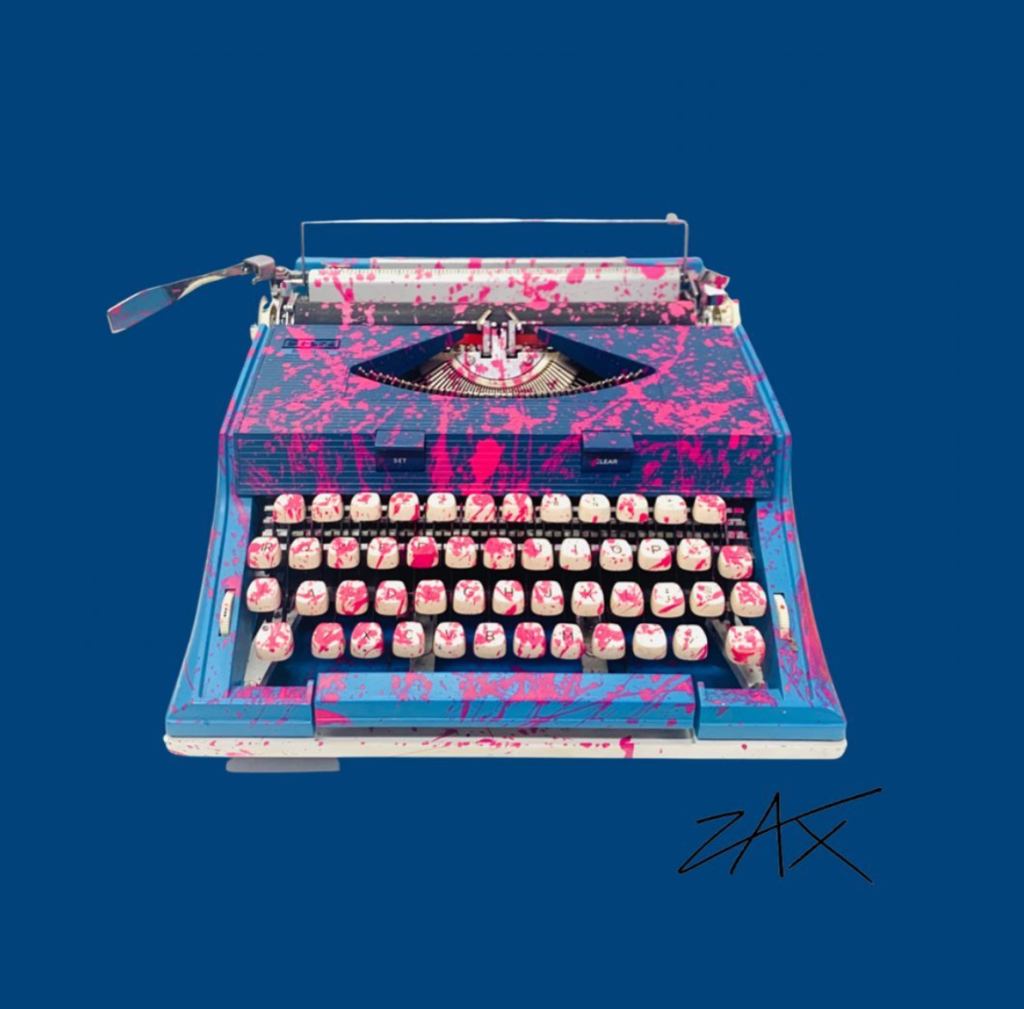Printers use various proofs throughout the printing process to check the quality and gain approval from the artist. And these often end up being sold or given away.
But how do you know which type of print is the best or most valuable?
Today we’re digging into the details of artist proofs.
Let’s take a look!
What Types of Proofs Are There?
The printing process involves various proofs.
The trial proof is an impression made before the official print edition. It’s a test to see what the print looks like. The artist may love it, hate it, or find things to tweak. A trial proof has no annotations – letters and numbers in the corners of prints.
The bon à tirer proof is French, meaning “good to print.” The artist approves, and it becomes the definitive version. Only one exists, usually annotated with BAT, and the printer knows to use this proof for production.
Artists may thank the printer by giving them a printer’s proof. They might present more than one, depending on how generous they’re feeling and the size of the printing team.
Hors de Commerce means “out of trade” in English. This proof is an impression that’s not for sale. A print with “HC” probably originated from an institution, museum, or private collection. These can be highly valuable.
Historically, the artist’s proof was the result of reviewing the quality of a print edition. Today, an artist’s proof can be a limited number of prints made just for the artist. They may also represent a working trial with notes on it.

Tell Me More About Artist Proofs
When people started making proofs, technology wasn’t as advanced as today. Using a printing plate over and over would slowly wear it down. In turn, the production quality was gradually lost. The artist would assess the quality of the prints and keep the lower quality ones for themselves.
With today’s printing technology, quality is no longer an issue. All the prints created, no matter the format, are identical. The artist’s proofs are the same as the numbered edition copies.
An artist may create a trial print proof to assess the work’s progress, and it may have notes on it. They can also use the trial prints to evaluate colors and other fine details.
What Is the Difference Between an Artist Proof and a Print?
An actual print edition is the total number of impressions made from the same piece of art or plate. There can be limited editions, second editions, and the artist’s proof. They’re the same piece but derived differently.
A limited-edition print is a piece of art that copies the original version with only a certain number of images. The artist, along with galleries or individuals, sells these.
When the artist receives their personal copies (artist’s proofs), the number they get is only about ten to fifteen percent of the limited edition series. The artist chooses what to do with these, sometimes passing them on as gifts or selling them at their discretion.

What Do the Numbers Mean on an Artist Proof?
To identify which type of proof you have, look for numbers, letters, and even a signature. These should be in pencil since it’s not so easy to duplicate.
A genuine artist proof will tend not to have a print edition run number. Instead, there will often be an AP in the corner. This signifies that the print is indeed an artist’s proof. It’s more valuable than a limited edition.
A limited edition will have two numbers on it, like a fraction. One number is your print, and the other is the total number that exists. While still enjoyable to own, they may not carry the same value as the other rarer copies.
Is an Artist Proof Valuable?
There are things to consider when assessing the value of an artist’s proof. These are scarcity, existence, and the signature.
There are far fewer artist proofs than limited editions that exist. The artist’s proof comes straight from the artist and thus has more value.
Is the artist still living? Naturally, the piece has more value if the artist is deceased.
The artist’s proofs given as gifts may still get sold and be a hot item sought by collectors. Due to their scarcity, they’re more valuable than limited edition prints.
Did you find the artist’s signature or numbers on the print in pencil? If not, you may want to question the authenticity.
What Is a Giclée Print?
Giclée is a French term meaning “to spray” and coined by printmaker Jack Duganne for fine art digital prints made on inkjet printers.
Don’t be fooled. It doesn’t make it so just because someone calls a proof giclée. For a work to be genuinely giclée, consider the document resolution, choice of paper, and the ink and printer used.
When scanned for reproduction, the high-quality print must have at least three hundred DPI (dots per inch) for more detail in the image. Ink should be pigment-based to last without fading for up to two hundred years.
In addition, the paper should be acid-free and composed of either one hundred percent cotton or a rag base intended for archiving. A larger printer holding up to twelve ink cartridges will produce a broader range of colors.
Get Proof When Purchasing an Artist’s Proof
Most proofs are virtually the same. It’s the reason the artist created the proof that gives it more meaning and value. If you decide to add an artist’s proof to your collection, we hope you’re now more informed about making that selection. Be sure to check the annotations and have a professional appraiser take a look before handing over your money.
Do you have an artist’s proof? Tell us about it in the comments!

Leave a Reply